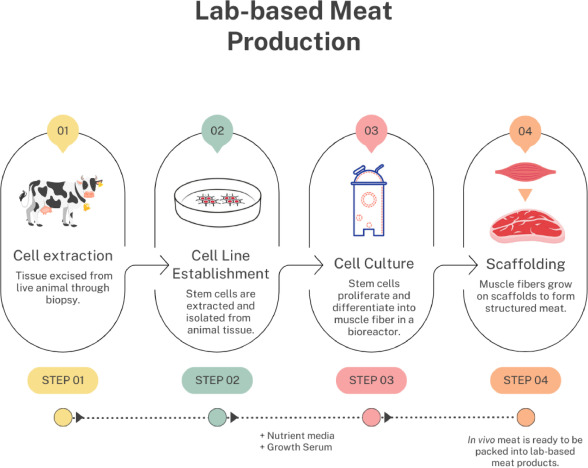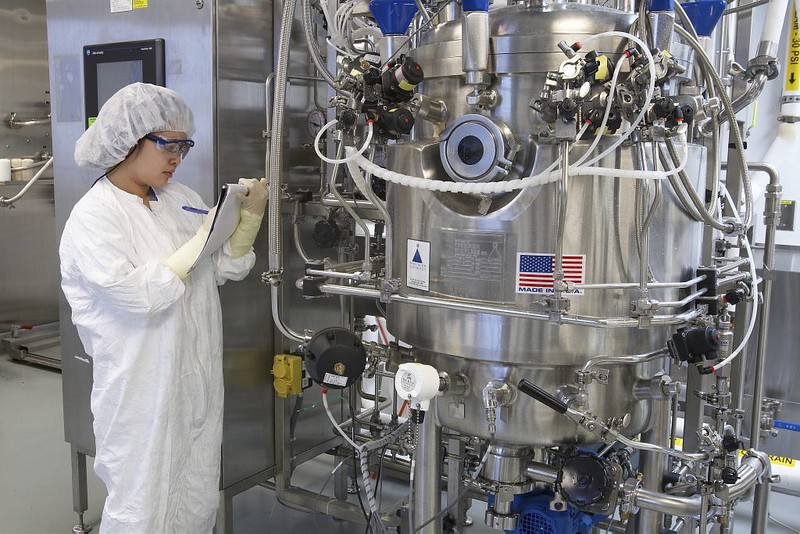Over the summer, IMSE welcomes undergraduate students to spend a day working side to side with our Operations team. They help us explore new topics in the field of molecular science and engineering and design outreach activities. In August, Wynsee Lau (Medical Biosciences undergraduate) and Mekumi Chan (Biological Sciences undergraduate) combined their interest in scientific research and public engagement to write a blog. They chose to write about the exciting potential of the cultivated meat field and situated it in the context of a well known event, the 2024 Paris Olympics.
Aiming for a gold medal in sustainability at the Olympics games
As we enjoy the last month of summer, the most memorable event of this season has to be the Paris Olympics. Whether it was memorable because of the unique opening ceremony, I’m sure we’ve all seen some TikTok of the Olympic village and Paris’ attempt for a more ‘sustainable’ games. One of Paris’ approaches was to half the amount of animal products compared to any other Olympics. Instead of meat, they introduce more plant-based foods. This decision led to a decrease in carbon emissions; however, there were also complaints from some of the athletes. What can future Olympic hosts do to cut down these alarming carbon emissions whilst also fueling the athletes with the appropriate nutrients needed? In the growing industry of biotechnology, many startups are investigating the possibility of growing meat in the lab.

Lab grown meat as a sustainable alternative
Cultivated meat contains the necessary proteins that conventional animal agriculture provides. In addition, recent studies show that this practice could reduce costs drastically and also reduce agriculture-related pollution. By 2030, it is proposed that greenhouse gas emissions can be reduced by up to 92% and land use by up to 90% compared to conventional animal agriculture. This developing research must, however, be scalable to venture into a new industry of bioengineered foods.
From the lab…
How is it possible to grow meat? Cultivated meat is grown by culturing animal stem cells to differentiate, grow and mature into myocytes allowing companies to create muscle tissue from just a few cells. This growth is supported by a scaffold onto which stem cells can attach via their integrin matrix and proliferate. Scaffolds can take on various forms structurally depending on its biomaterial and how it has been designed. The matrix applies constraints to the direction of cell growth in order to mimic real meat. It allows specification of shape, size and texture of the cultured meat.

…to our plate
With total global meat consumption reaching 364 million tons in 2023, the emerging sector of lab grown meats must be scalable to cover even a fraction of the meat market’s capacity. Currently, stem cells are transferred to bioreactors to grow on scaffolds and mature into meat tissue. These scaffolds can be made from natural materials like collagen, fibrin, plant-derived cellulose or even fungal mycelium. This ensures that the process of lab grown meats remains ethical and sustainable.
A bioreactor is essentially the chamber that houses the cell culture serum and scaffold to promote the growth and differentiation of stem cells to the final product. Within this bioreactor, the growth of many of these cells is dependent on the presence of microcarriers and cell aggregates. Microcarriers are support matrixes that increase cell number. Cell aggregation is a cellular process that allows cells of the same type to bind together. However, cell aggregates can result in overgrowth while microcarriers can increase shear stress and damage. Developing new technologies to maximize cell proliferation on a larger scale whilst also reducing shear stress is a must.

(c) Sanofi Pasteur
Promising alternative to reduce emissions and provide nutritious foods
The field requires more research to implement these potential ways of scaling up the production of cultivated meats. We will cover some of the recent improvements in an upcoming blog. For now, we are looking forward to the exciting future of meat grown in a lab to reduce greenhouse gas emissions. Who knows? We could see cultivated meats in the next Olympic Games!